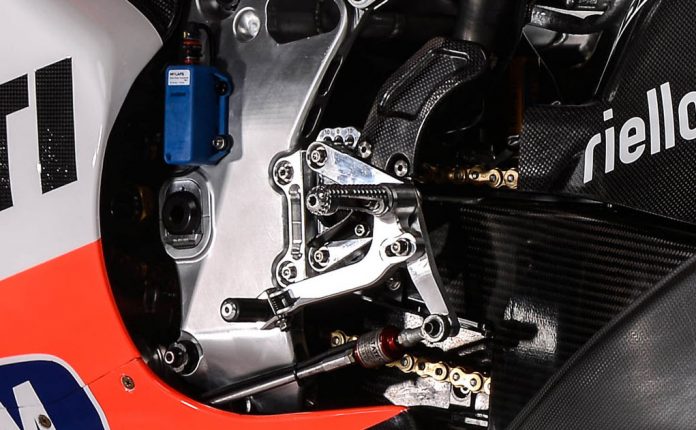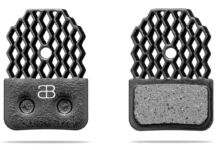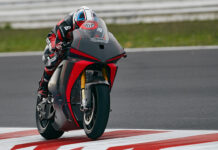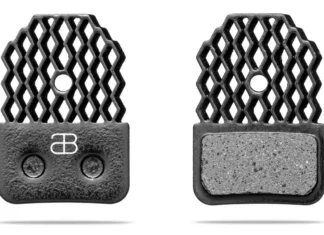The biggest benefit to a reverse shift pattern on the track is that upshifts are easier to make while you’re still hung off the bike exiting a corner. This applies to both left- and right-hand corners, though for different reasons.
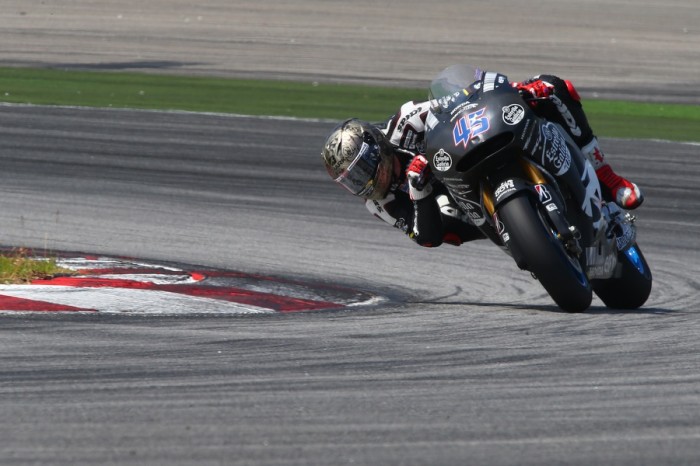
It’s best not to risk upsetting your motorcycle as long as you’re leaned over to the point that traction is still an issue. This means that the combined forces of lean angle and acceleration are still able to spin the rear tire. Obviously this is dependent upon the power of the bike and the aggression level of the rider.
Anytime traction is still an issue, it’s not a good idea to make a major shift in body position either entering or exiting a corner. This is why you need to set your body position up hanging off for the corner before you begin your heavy braking. Approaching the turn-in point, all that remains is to balance the braking and cornering forces by gradually releasing the front brake as your lean angle increases. Executing a body-position change at the same moment you turn into a corner often has the unintentional result of affecting your steering input, requiring a correction and upsetting the chassis. In extreme situations it can also overcome front-tire traction and result in a lowside crash.
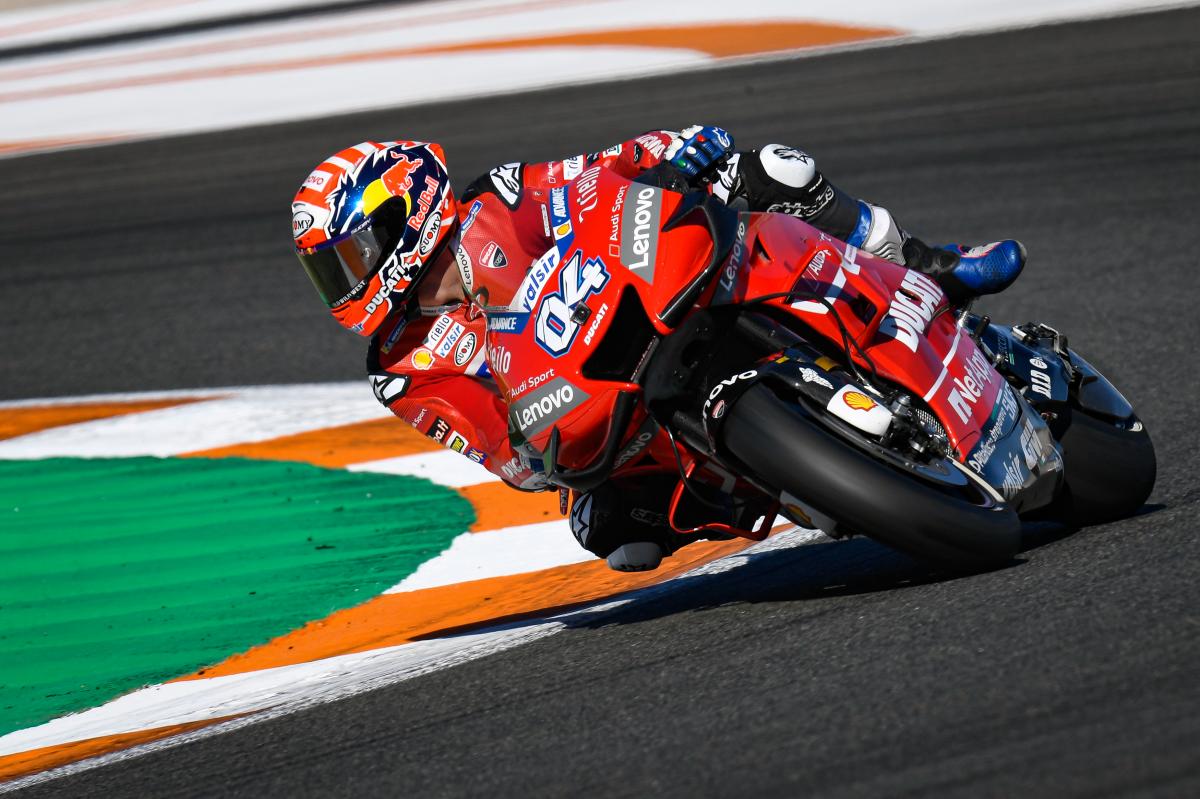
Exiting corners near the limit of traction is also a delicate balance. Often riders coming off of corners seem in a rush to center their body position back up on the bike, usually to get into an aerodynamic tuck. If you’re feeding in as much throttle as the rear tire will allow, leaving the tell-tale arcing dark line off the rear tire as you go, the last thing you need is to put another input into the bars or the pegs. It can upset that delicate balance on either the churning rear tire or the lightly loaded front tire with its nearly fully extended front suspension; the first scenario may result in a spectacular highside, the latter a merely frightening tankslapper.
Reverse shift pattern makes upshifting while exiting corners much easier, especially if you’re hung off to either side of the bike. If you’re exiting a left-hand corner and need to upshift while still significantly leaned over, it’s far easier to simply press down on the shifter to change up a gear than it is to risk slipping your toe under the shifter, which is now closer to the ground since you’re leaned to the left.
Exiting right corners is less perilous, but here the advantage is that it’s far easier to toe the shifter downward while hung off to the right than it is to reach under the shifter and toe it upward.
If we maintain that pressing down on the shifter is less delicate work than lifting it up, then reversing the shift pattern must make downshifting at least somewhat more difficult. The difference here is that most downshifts are executed with the bike straight up and down rather than leaned over. While the wise rider shifts his weight off to the inside of the corner well in advance, the upright bike makes the downshift maneuver less tricky.
Link of the video explaining how MotoGP reverse shifter works.


